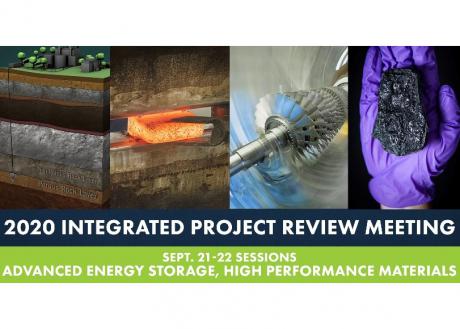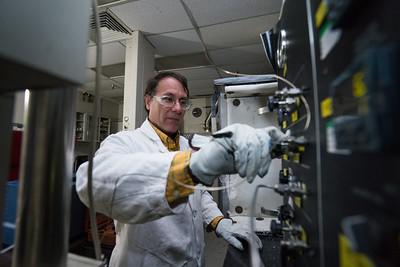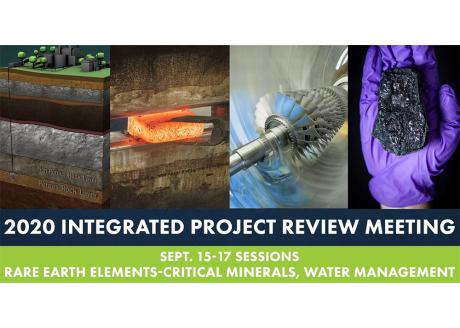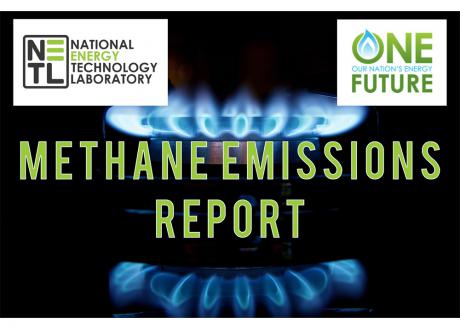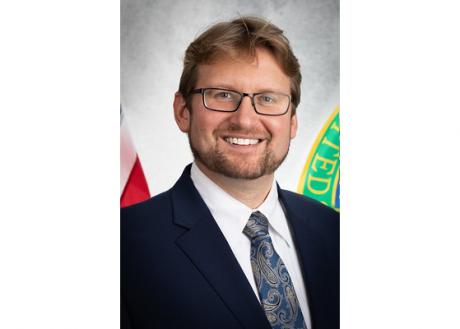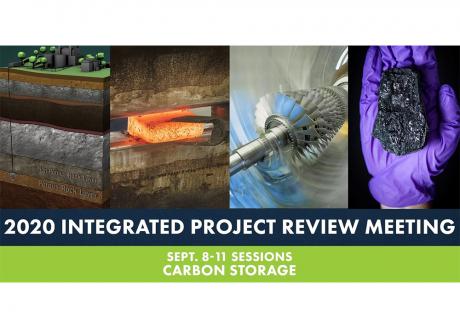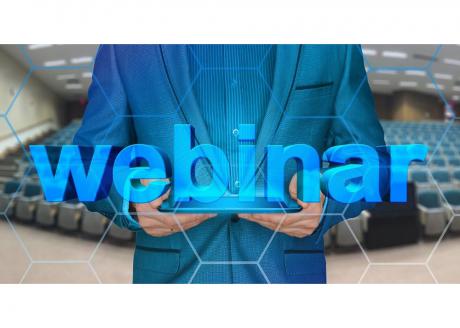NETL Director Brian Anderson will open an afternoon discussion devoted to the development of advanced energy storage technologies and the role the Lab is playing to move those projects forward.
Anderson’s remarks, which begin at 1 p.m. Monday, Sept. 21, will kick off the sixth week of DOE-NETL 2020 Virtual Integrated Project Review Meeting sessions. These sessions are designed to share updates on various NETL-supported projects and programs to address the nation’s energy challenges.
As part of FUEL 2020, a continuing virtual conference hosted by VertueLab throughout the month of September, representatives from NETL will participate in a Thursday, Sept. 17 panel titled “Innovating Through a Recession with Federal and National Lab Support.” The event will highlight the Lab’s key programs and activities and share tips and tricks for working with a national lab and securing federal funding.
A robust partnership between NETL and industry partner Louisville, Kentucky-based Pyrochem Catalyst Company (PCC) continues to strengthen and could impact automotive power systems and the design of their harmful exhaust components.
Transportation, fueled by gasoline and diesel, remains a major source of mobile emissions, which include unconverted hydrocarbons, carbon monoxide, nitrogen oxides and particulates. A catalyst technology co-developed by NETL and PCC may provide a remedy.
Technologies to extract rare earth elements (REEs) and critical minerals (CMs) from coal and coal-based resources will be among the topics discussed at next week’s DOE-NETL 2020 Virtual Integrated Project Review Meeting.
NETL recently collaborated with Our Nation’s Energy (ONE) Future, a coalition of 26 natural gas companies, to calculate the greenhouse gas (GHG) emission profile and methane emission rates across the group’s complete natural gas value chain.
Between analyzing fossil-fueled energy technologies and advanced thermal energy storage, NETL will have plenty of content and insight to share as a participant in the 2020 International Pittsburgh Coal Conference.
Next week’s DOE-NETL 2020 Virtual Integrated Project Review Meeting (Sept. 8-11) will feature four days covering a range of topics on carbon storage.
Presentations will include overviews of the four Regional Initiatives, updates on five Carbon Storage Assurance Facility Enterprise (CarbonSAFE) Initiative Phase II projects, as well as results from several recent efforts of the U.S. Department of Energy’s Regional Carbon Sequestration Partnerships (RCSPs).
The United States Energy Association recently hosted a webinar to provide an update on critical minerals (CMs) and rare earth elements (REE) research development and deployment (RD&D) being performed by the U.S. Department of Energy’s (DOE) Office of Fossil Energy (FE), including NETL’s robust in-house research project portfolio as well as the Lab’s extramural program portfolio. The webinar featured opening remarks by Principal Deputy Assistant Secretary for Fossil Energy Kenneth Humphreys and Traci Rodosta, program manager for FE’s Critical Minerals and Coals to Products program.
Through her work with NETL, native West Virginian Kristyn Johnson, a graduate student at West Virginia University, is working to enhance the operation of rotating detonating engines (RDEs) in support of the Lab’s mission to enhance the nation’s energy foundation in an economically viable and environmentally sustainable manner.
Today, the U.S. Department of Energy (DOE) and NETL have announced the award of approximately $72 million in federal funding to support the development and advancement of carbon capture technologies under two funding opportunity announcements (FOAs). Under this cost-shared research and development (R&D), DOE is awarding $51 million to nine new projects for coal and natural gas power and industrial sources. DOE is awarding a total of $21 million to 18 projects for technologies that remove carbon dioxide (CO2) from the atmosphere, a process known as “direct air capture.”





